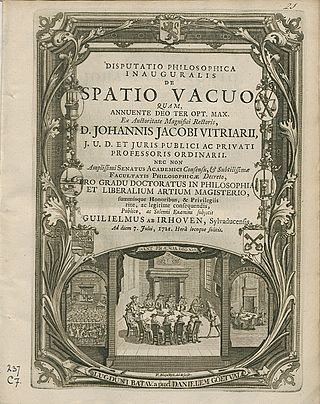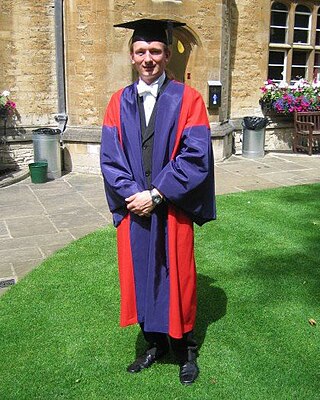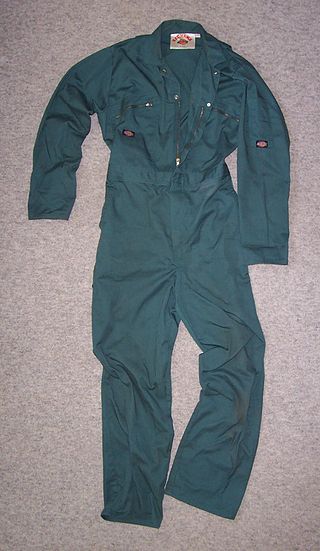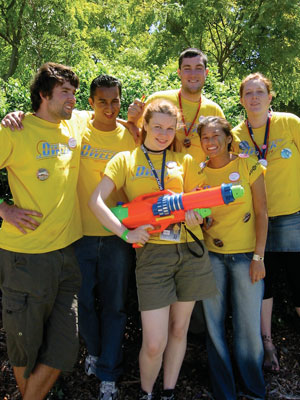
Helsinki University of Technology was a technical university in Finland. It was located in Otaniemi, Espoo in the Helsinki metropolitan area. The university was founded in 1849 by Grand Duke of Finland, Emperor Nicholas I and received university status in 1908. It moved from Helsinki to Otaniemi campus area in 1966. The merger of HUT with two other schools created the Aalto University in 2010, and HUT briefly held the name Aalto University School of Science and Technology before being split into four schools in 2011.

A civil engineer is a person who practices civil engineering – the application of planning, designing, constructing, maintaining, and operating infrastructure while protecting the public and environmental health, as well as improving existing infrastructure that may have been neglected.

Carleton University is an English-language public research university in Ottawa, Ontario, Canada. Founded in 1942 as Carleton College, the institution originally operated as a private, non-denominational evening college to serve returning World War II veterans. Carleton was chartered as a university by the provincial government in 1952 through The Carleton University Act, which was then amended in 1957, giving the institution its current name. The university is named after the now-dissolved Carleton County, which included the city of Ottawa at the time the university was founded.
Tampere University of Technology (TUT) was Finland's second-largest university in engineering sciences. The university was located in Hervanta, a suburb of Tampere. It was merged with the University of Tampere to create the new Tampere University on 1 January 2019.

A thesis, or dissertation, is a document submitted in support of candidature for an academic degree or professional qualification presenting the author's research and findings. In some contexts, the word thesis or a cognate is used for part of a bachelor's or master's course, while dissertation is normally applied to a doctorate. This is the typical arrangement in American English. In other contexts, such as within most institutions of the United Kingdom and Republic of Ireland, the reverse is true. The term graduate thesis is sometimes used to refer to both master's theses and doctoral dissertations.
A student society, student association, university society, student club, university club, or student organization is a society or an organization, operated by students at a university, college, or other educational institution, whose membership typically consists only of students and/or alumni.

Academic dress is a traditional form of clothing for academic settings, mainly tertiary education, worn mainly by those who have obtained a university degree, or hold a status that entitles them to assume them. It is also known as academical dress, academicals, and, in the United States, as academic regalia.

The Canadian Federation of Engineering Students (CFES) (Fédération canadienne étudiante de génie in French) is the national association of undergraduate engineering student societies in Canada and exists to organize activities, provide services and interact with professional and other bodies at the national and international level for the benefit of Canadian engineering students. The organization is a bilingual non-profit corporation based in Ottawa, Ontario, Canada, managed by a volunteer team of engineering students and recent graduates from across Canada.

Matriculation is the formal process of entering a university, or of becoming eligible to enter by fulfilling certain academic requirements such as a matriculation examination.

A boilersuit, also known as coveralls, is a loose fitting garment covering the whole body except for the head, hands and feet.
Engineering Undergraduate Society (EUS), is the engineering society at the University of British Columbia. It organizes Engineering department events but is perhaps best known for practical jokes it has played in the past, including hanging the frame of a Volkswagen Beetle off bridges. The members of the EUS are known for their pride of being engineering students and conspicuous displays thereof. EUS members often incorrectly refer to themselves as Engineers even though they are Engineering Students.

In various European countries, student caps of different types are, or have been, worn either as a marker of a common identity, as is the case in the Nordic countries, or to identify the wearer as a member of a smaller body within the larger group of students, as is the case with the caps worn by members of German Studentenverbindungen, or student groups in Belgium.

The McMaster Faculty of Engineering is a faculty located at McMaster University in Hamilton, Ontario. The faculty was established in 1958 and was the first engineering program to developed problem-based learning curriculum. It currently has seven departments in chemical engineering, civil engineering, computing and software, electrical and computer engineering, engineering physics, material science and engineering and mechanical engineering. The faculty offers bachelors, masters, and doctoral degrees.

Islamic University of Technology, commonly known as IUT, is an international engineering technological research university located in Gazipur. IUT offers undergraduate and graduate programs in engineering and technical education.

Student orientation or new student orientation is a period before the start of an academic year at a university or tertiary institutions. A variety of events are held to orient and welcome new students during this period. The name of the event differs across institutions. Post-secondary institutions offer a variety of programs to help orient first year students. These programs can range from voluntary community building activities to mandatory credit-based courses designed to support students academically, socially, and emotionally. Some of these programs occur prior to the start of classes while other programs are offered throughout the school year. A number of research studies have been done to determine the factors to be considered when designing orientation/transition programs.

A sittning is in Sweden and Finland a seated meal held within a set time frame. In restaurants it may refer to a seating, i.e. the time given for a crowd to have their meal. The term is also used to denote the part of a party that is a seated meal. Though it can refer to any kind of meal, it is often used to refer to a student sittning.

Aalto University is a public research university located in Espoo, Finland. It was established in 2010 as a merger of three major Finnish universities: the Helsinki University of Technology, the Helsinki School of Economics and the University of Art and Design Helsinki. The close collaboration between the scientific, business and arts communities is intended to foster multi-disciplinary education and research.

The Stephen J. R. Smith Faculty of Engineering and Applied Science, commonly known as Smith Engineering, is the engineering faculty at Queen's University at Kingston, located in Kingston, Ontario, Canada. The faculty offers undergraduate, master's, and doctoral degrees in engineering and has partnered with other faculties within the university to offer dual degrees.

The academic dress of Chulalongkorn University in Thailand is a long-sleeved gown made from light mesh, faced and bordered with a specially designed felt strip. The same strip is also attached to elbows and wrists. The gown itself is adapted from the ceremonial attire called khrui, traditionally worn by government executives and peers to reflect their status. The gown and the academic badge were devised during Prajadhipok's reign.

In Finland, "teekkari" is a term used for students of institutes of technology. The term is also used for students of technical subjects in general universities and Bachelors of Science in Technology.




















